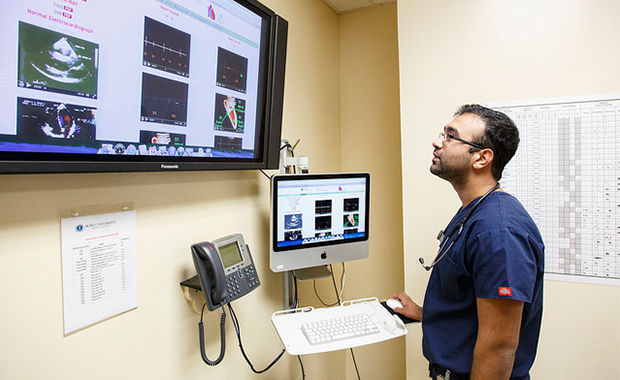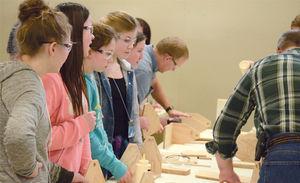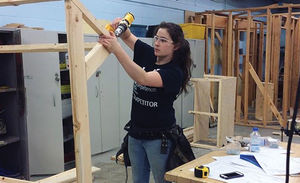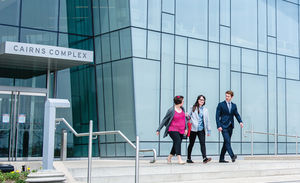Panel of Experts: The State of Education
Industry Insight Mediaplanet sits down with education experts to discuss the current state of education and literacy in Canada.
What is the current state of education and literacy in Canada?
Vivian Prokop: While overall graduation rates in Canada are celebrated, there is an underlying achievement gap that must be addressed. Dropout rates in many low-income communities are 50 per cent and higher, putting 400,000 youth at risk of not realizing the lifechanging benefits of education. Our research confirms that Canadians believe overwhelmingly that high school completion must be a national priority.
Pam Jolliffe: Education and literacy levels have been improving over the last few decades but the most striking aspect of the situation today is the achievement gap between Aboriginal and non-Aboriginal children and youth. We need to do a lot more to support the academic success of all young people who face barriers to education without the resources to overcome them.
How does education impact the quality of life for both youth and families throughout Canada?
VP: When a young person graduates from high school — and successfully transitions to college, university or training — we all benefit. Research clearly points to the strong positive correlation between education and quality of life. For youth in low-income communities particularly, education can provide the tools and confi dence to break the cycle of poverty for themselves, their families, and their communities.
PJ: Education is the single most important factor for health and well-being. Someone with a high school diploma earns over $3,000 more per year than someone without. Graduating from high school makes youth more likely to be employed, self-sufficient, and engaged in activities that contribute positively to their family and community.
"Research clearly points to the strong positive correlation between education and quality of life."
How can the community collectively support and improve education for youth?
VP: We all need to promote the idea that investing in education completion — especially in lower income communities — is vital for the future of Canada’s health and prosperity. Youth in disadvantaged communities can lack the built-in social and family support networks we take for granted. Collectively we can, and must, work to remove the hidden financial, social and academic barriers that prevent youth from succeeding in school.
PJ: After-school programs with academic supports and mentors go a long way to helping young people complete high school and go on to postsecondary education. Youth benefit even more when those programs include career counselling and job shadowing opportunities. A decade of research has shown that quality after-school programs improve academic performance and increase commitment to school.



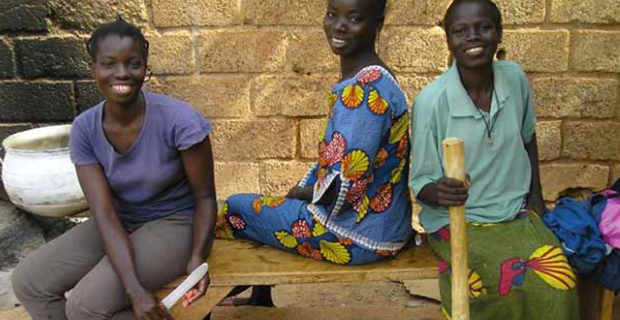

.jpg)
